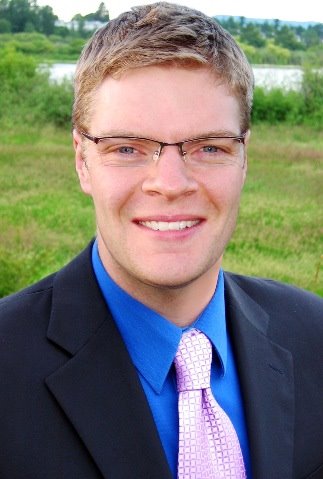When we think of commuting, we think of the automobile. For most Canadians, a passionate love affair with the automobile has matured into a comfortable marriage. When surveyed about their preferred means of commuting (car-driver, car-passenger, bus, cycling, walking, or other), the overwhelming majority say car-driver. They often identify the car as their preferred transport for non-occupational destinations as well.
More than ever, people are choosing to drive to the grocery store, café, or movie theatre, rather than walking or cycling. Our dependence on the automobile means that as our region grows, our motorways will inevitably become more congested and our vehicle emissions will rise to dangerous levels. Decades of automobile-centered land use planning have assumed that there need be no relationship between residential neighbourhoods and the places people shop or work. The car could easily conquer mere geography. The result of this attitude is that most of us cannot easily access goods, services, or employment on foot or bicycle, but must use a vehicle.
Sprawling neighbourhoods, often including complex webs of culs-de-sac, have frustrated transportation planning. Many of our vast residential areas are not conducive to rapid transit because they lack logical collection points where a critical mass of passengers can embark and disembark. Though queue-jumping and dedicated bus lanes have expedited travel times on some major routes, most buses must share roadways with other commuting vehicles, diminishing their appeal as a time-saving alternative means of travel.
In recent years, municipal planners have recognized the negative consequences of suburban sprawl. The Regional Growth Strategy (RGS) and the Climate Action Plan (CAP) are manifestations of a more progressive approach to land use policies and transportation planning. Both of these plans urge the integration of residential and commercial development to create vibrant centres, where walking and cycling are attractive alternatives to the automobile. These centres also lend themselves to better public transit.
When the Capital Region decides to construct a light (rapid) rail system, these centres will serve as critical collection/connection points. The RGS and CAP are tools that municipal councils are beginning to use when they consider proposals for development or re-development. Faithful implementation of the plans is a critical step in enabling walking, cycling, and public transit to rival or replace the automobile for everyday transportation. And implementation of the plans must be accompanied by renewed investment in public transit, enhancement of pedestrian and cyclist rights-of-way, as well as renewal of local area plans, to ensure that the RGS and CAP visions are appropriately applied to each centre.
As citizens, we can help to make this happen by letting municipal councils know that we expect them to adhere to the RGS and CAP visions. We can respond to notifications of proposals for re-development, attend public hearings, work with local community associations, and phone or call our councillors to tell them we want walkable and bikeable communities. Vehicle emissions are a leading contributor of greenhouse gases. Any serious effort to slow climate change must begin with reduced vehicle dependency. Land use decisions are a key factor in creating transportation options in the region.
The benefits of walking and cycling go beyond reduced congestion and emissions. Our quality of life is improved by getting out of our cars and into our communities. It is amazing what you can see and hear when you get out of your car and look around. You can seethe flowers and hear the birds. You can greet your neighbours and meettheir dogs. Life becomes a little fuller, and a lot less stressed. If you ride the bus, you can relax and talk to your neighbour or read the paper or a book, instead of being stressed by other drivers. By promoting the progressive land use and transportation visions embodied in the RGS and CEP, we are helping to shape a healthier and richer future for ourselves, as well as reducing air pollution and helping to slow climate change.
Subscribe to:
Post Comments (Atom)


No comments:
Post a Comment